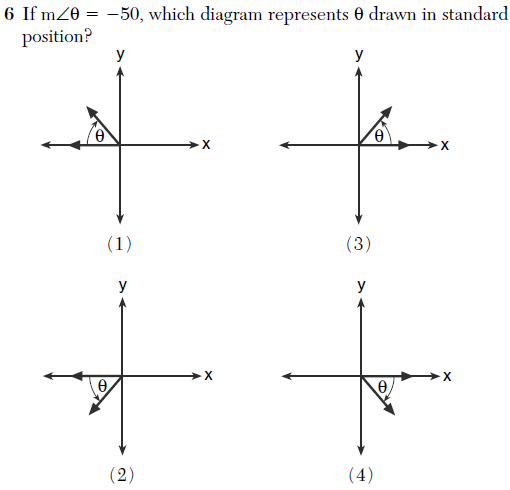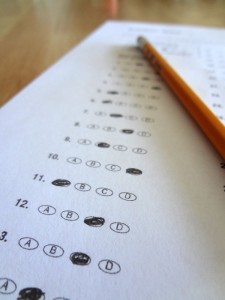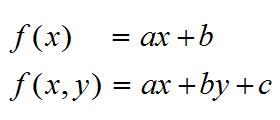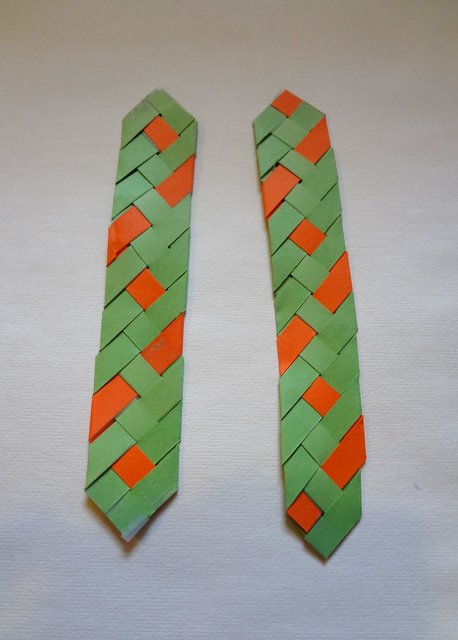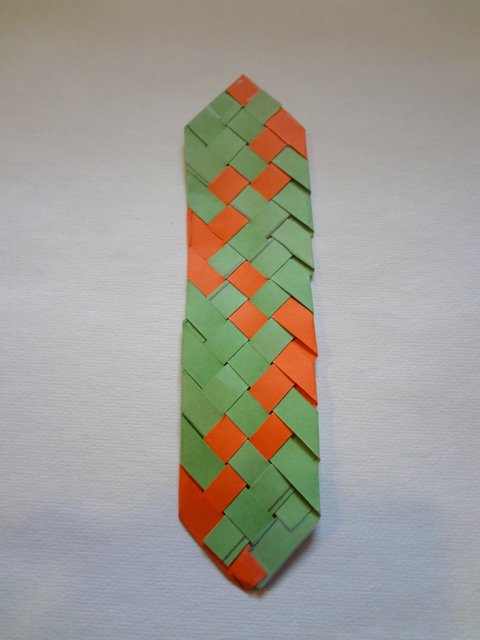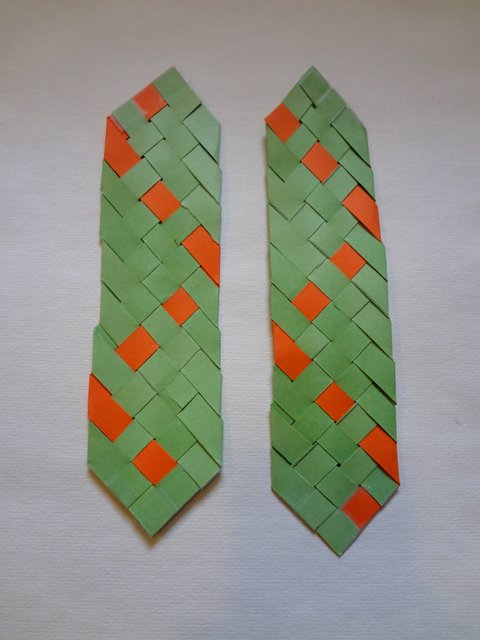Here is another installment from my review of the June 2012 New York State Math Regents exams.
Mathematically erroneous questions consistently appear on these exams. Here are two recent examples, both from the Algebra 2 / Trigonometry exam.
According to the scoring key, the correct answer is (4). This would be the correct answer if the angle were given as -50 degrees. Notice, however, that no degree symbol is present. This means the angle is actually -50 radians. In degrees, -50 radians is equivalent to roughly -2864.8 degrees, which itself is equivalent to roughly 15 degrees. Thus, the actual correct answer is (3).
The above problem could be considered a typo (although no correction was ever issued), but the most erroneous Regents questions demonstrate a real lack of mathematical understanding on the part of the exam creators. Consider the following question on complex numbers.
None of these answers are correct.
The exam writers believe that (3) is the correct answer. Given a complex number a + bi, the conjugate is indeed a – bi, provided that a and b are real numbers. But x is a variable, and there is no reason to assume that x has to be a real number. If x = i, for example, (3) is not the complex conjugate of -5x + 4i. In this case, the conjugate of the original expression is i, while (3) evaluates to – 9i.
As emphasis on standardized exam performance continues to grow, a few points here or there can make a big difference in the lives of students, teachers, and schools. The consistent appearance of erroneous mathematics on these exams calls into question their validity as a measurement of “student achievement”.
